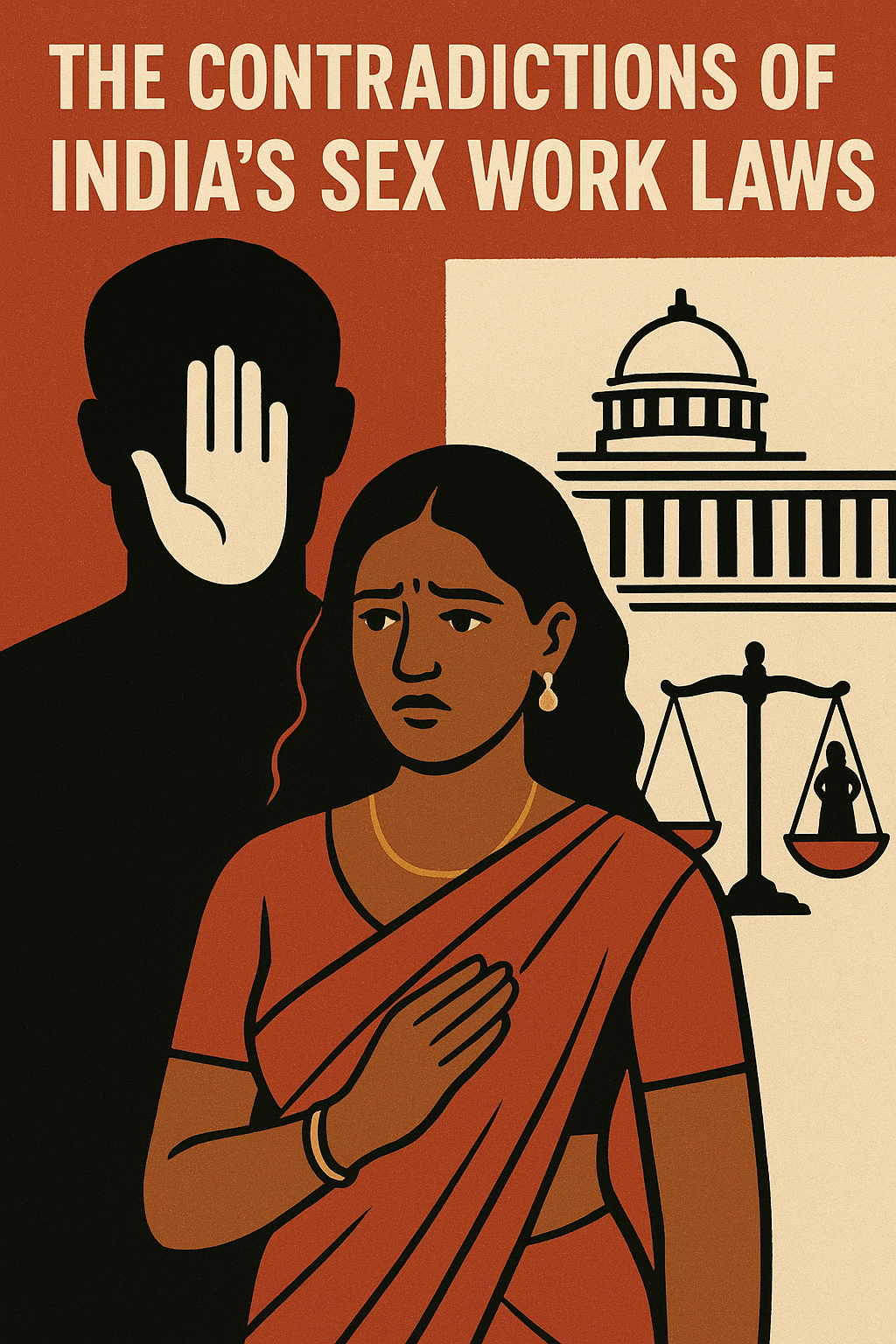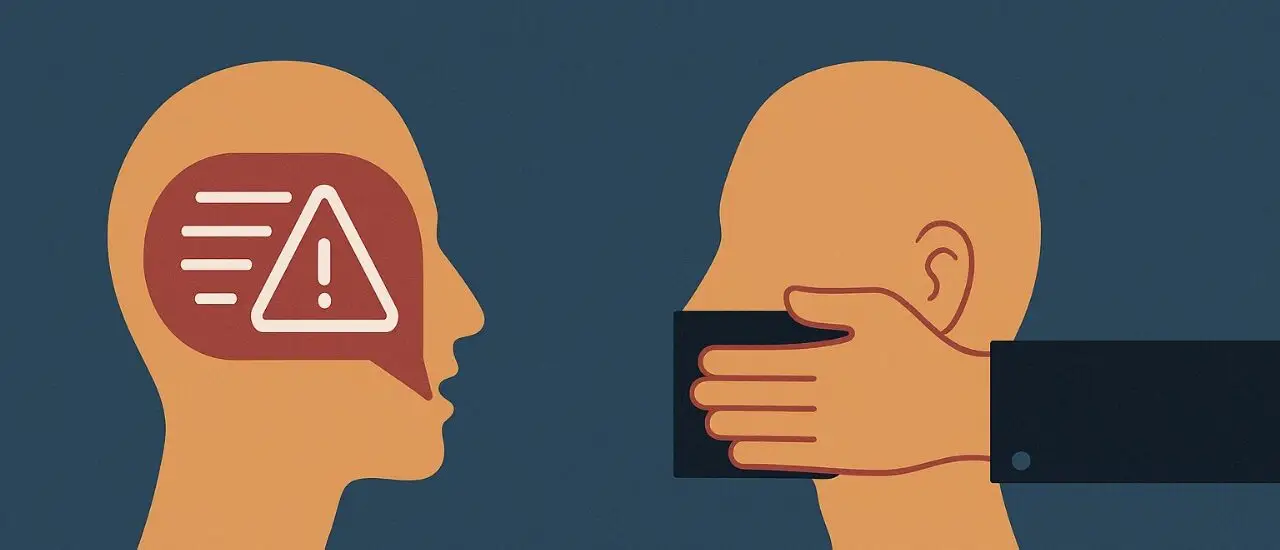



“Freedom of speech does not protect falsehoods that injure others but truth must never fear
the open exchange of ideas.”
— Adapted from Justice Brandeis
In the period of digital life where one tweet can reach millions in the blink of an eye, the spread of disinformation from various resources has turned into one of the greatest difficulties to democratic societies worldwide.
The increasing usage of technologies like laptops, smartphones, etc has made it easy for humans to access any information anytime and anywhere, no matter what their age is. Falsities are false, and they mislead the public.
False information deceive the public intentionally to gain money or recognition. Few examples of disinformation or fake news are- the covid 19 cures and vaccination theories, fake cases of suicide, fake news of public figures defaming their reputation.
Fake news modifies or changes authentic information. Governments across the world are increasingly imposing limitations on speech through takedown orders, filtering the content, and indefinite rules in the name of maintaining public order and public security.
This has raised a serious question: Where should the legal line be drawn between guarding free speech and containing dangerous misinformation?
The Constitution of India– free speech under Article 19(1) ( a) is not absolute and it is subject to reasonable limitations provided under Article 19(2) of the Constitution of India. This Article examines the stress between freedom of expression, the spread of disinformation and suppression, and explores how the legal system should balance these battling interests particularly in a republic that values both social responsibility as well as individual choice.
1. Section 69A of IT Act,20001–Section 69A allows blocking of content. Like how tiktok is prohibited in India on the base of national security, blocking websites which circulate artificial news, and removing speech which is anti-public in nature.
2. Article 19(1)(a) of Constitution of India2– which guarantees free speech to all citizens. It’s a Fundamental Right which allows nationals to express their views freely either spoken or written, gives independence to publish, receive information, freedom for press & media etc. still this right is not absolute.
3. Article 19(2) of Constitution of India3– This Article 19(2) permits certain limitations /restrictions on some grounds. These grounds involve decorum, truthfulness, etc.
1. Shreya Singhal v. Union of India (2015)4: The SC of India held down Section 66A ofthe IT Act, 2000, announcing it unconstitutional. In this case the court also stated that Section 66A breached Article 19( 1)( a) of the Indian Constitution which guarantees the fundamental right to freedom of speech and expression, and was not redeemed by the restraints given under the Constitution- Article 19( 2).
2. Anuradha Bhasin v. Union of India (2020)5: The SC did n’t explicitly set aside the limits or restrictions of the internet, but the court gave meaningful principle regarding the limitations of executive power in controlling fundamental rights.
2. The Protection from Online Falsehoods and Manipulation Act (POFMA, 2019)7 –This Act aims to battle the communication of online falsities that are damaging to the public interest. It grants administrations with the authority to order to takedown false content or to correct if it harms the interest of the public.
Related Articles You May Like
Disinformation is fake data that is intended to deceive the public. The disinformation is deliberately spread with the motive to manipulate truth and facts. Disinformation involves the planned circulation of fake information with the objective of cheating, influencing or modifying public opinion. It can be created to establish a personal brand or oneself on social media by displaying that the influencer is an expert. Disinformation can also spread through private communication.
Unlike Misinformation, which may involve the unintentional publicization of fake narratives or change or modify perception. Fake news and disinformation are in association showing the intentional dissemination of incorrect information with the goal of misleading the public or any individual.
Both Disinformation and Fake news give rise to significant challenges like disruption of harmony, breakdown of confidence. Curing these matters requires an approach that consolidates global legal frameworks, technological expansion, and global cooperation to protect society from the grip of the noxious evil of falsehoods.
It causes health crises such as falso covid cures and theories related to vaccines which misleads the public at large. It also causes damage to the reputation of celebrities or public figures by demfaming them.
Platforms such as WhatsApp, Twitter, Facebook, Youtube acts as an amplifying mechanism of content in both ways i.e. good or bad. Their algorithms stimulate virality and not truth, aiding false news to spread more faster than the authentic news.
Legal tension is that should platforms be held accountable for such false or fake news and information? Or are they just means of communication for people?
In the modern age of digital overload, particularly in the digital space, the ability to critically engage with information is absolutely essential. Information literacy means the skill of accessing, evaluating, effectively, organizing and communicating accurate information.
It plays a pivotal role in controlling the spread of false news, misinformation, and disinformation. Information literacy is important for students to do well in their studies, writing, and research. In the workplace, information literacy assists individuals in solving problems and communicating successfully.
In a democratic society, information literacy permits individuals to participate in public discourse and make informed decisions about important matters. Information literacy allows individuals to continue learning by accessing and utilizing new information effectively.
B. Legal Approach:
The line should be drawn not based on hurt sentiments or subjective offense, but harm in real world. Courts can use tests such as — Imminent lawless action (from U.S Jurisprudence), Tendency to cause public order (an Indian test).
Many censorship orders under laws like Section 69A of the IT Act are secretive. What is needed: Reasoned order subject to judicial review, time bound takedown process.
D. State Censorship Shall Not Target Dissent
1. Governments often misuse “fake news” or “public interest” narratives to silence journalists, opposition, or critical content.
2. This leads to a chilling effect, where people self-censor even legitimate opinions.
Conclusion:
In a digital age where information travels faster than facts, the threat of disinformation is real but so is the danger of overbroad censorship. Democracies like India must tread a careful line: defending free speech as a constitutional right, while also protecting society from demonstrable harm caused by falsehoods. Regulation is necessary but it must be: Narrowly tailored, transparent, and subject to judicial oversight. The goal is not to silence disagreement, but to uphold truth without suppressing dissent.
Ultimately, information literacy, citizen awareness, and ethical content moderation are just as important as legal controls. A mature democracy must empower its people to critically assess what they read. Because when the law draws its line too far, it doesn’t just silence disinformation it begins to silence democracy itself.
Moreover, as technology evolves, so too must the legal frameworks that govern it. Artificial intelligence, deep fakes, and algorithmic amplification are transforming the way disinformation spreads, making it harder to trace and easier to manipulate. This new digital reality requires adaptive laws, technological accountability, and cross-border cooperation among regulators, platforms, and civil society.
The battle against disinformation cannot be fought by censorship alone. It requires a long-term commitment to media education, platform transparency, strong institutions, and a legally aware citizenry. Only then can we ensure that the right to free speech remains a shield for truth, not a sword for deception.
Bibliography:
1. Primary Source
i. The Constitution of India, art. 19(1)(a), 19(2)
ii. Information Technology Act, 200, Section 69A, No. 21 Acts of Parliament, 20002.
2. Case Law
i. Shreya Singhal v. Union of India, (2015) 5 SCC 1(SC)
ii. Anuradha Bhasin v. Union Of India, (2020) 3 SCC 637 (SC)
3. Foreign Laws and Regulation
i. Regulation (EU) 2022/2065 of the European Parliament and of the council of 19 October 2022 on a single market for Digital Services (Digital Services Act)
ii. Protection from Online Falsehoods and Manipulation Act, 2019 (Singapore)
4. News/ Websites
i. Ministry of Electronics and Information Technology Act, “Blocking Rules under section 69A, “MeitY Website
ii. Supreme Court of India Judgments Archive, https://main.sci.gov.in/judgments.